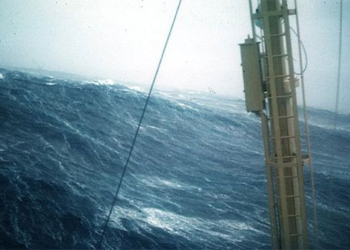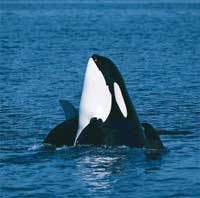Scientists have captured images of beautiful and mysterious creatures at a depth of 5,000 meters beneath the surface of the Pacific Ocean.
The pristine area where these creatures were discovered is considered a site for the extraction of rare and essential metals from the deep sea, including natural resources that are widely used in solar panels, electric vehicle batteries, green technology, and other applications.
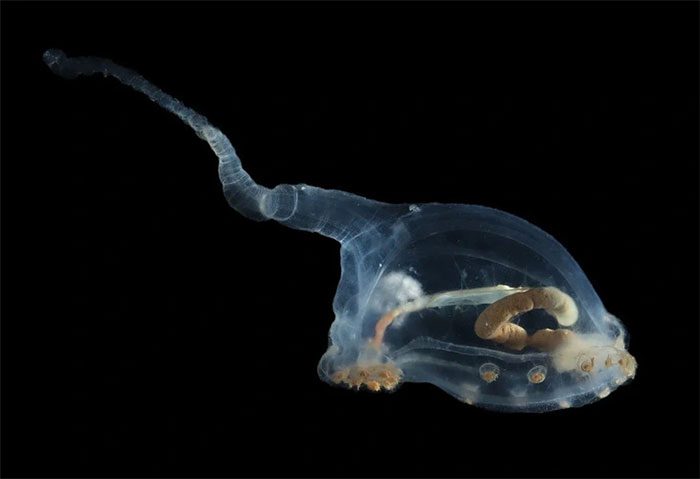
A transparent deep-sea creature called unicumber – (Photo: NHMDeepSea Group).
Many creatures are new to science
The 45-day expedition to the Clarion-Clipperton Zone documented the biodiversity of the abyssal plain. Using remotely operated vehicles, scientists captured images of life in the deep sea and collected samples for future research.
“Many of these species are new to science. Some may have been seen, observed, or known previously but have not been collected or officially described,” said Regen Drennan, a marine biologist at the Natural History Museum in London. “These specimens will be taken to the museum for identification and study in the coming years,” she added.
Meanwhile, the United States Geological Survey estimates there are 21.1 billion tons of polymetallic nodules (mixed metal ores on the ocean floor) existing in the Clarion-Clipperton Zone. This area contains more essential metal reserves than all the reserves of metals on land combined.
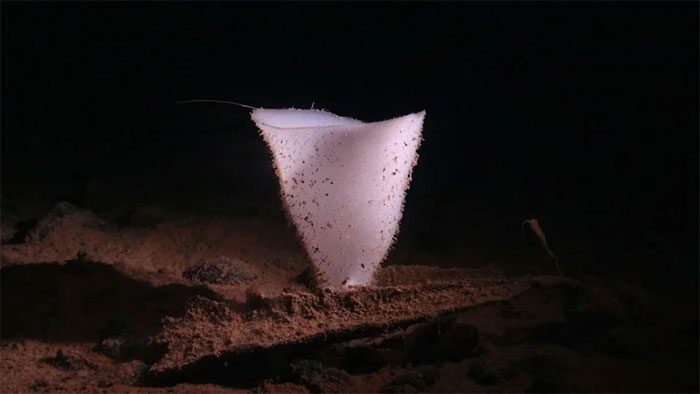
Cup-shaped sponge species, believed to have a lifespan of up to 15,000 years – (Photo: NHMDeepSea Group).
The federal agency estimates that if deep-sea mining follows a similar trajectory to offshore oil production, by 2065, more than one-third of these important metals will come from mines located deep beneath the ocean.
According to the Natural History Museum, scientists believe that many creatures living in the mined area, which consider this place their home, will struggle to recover once the metal ores are extracted. They are calling for protective measures for these species.
Weighing the balance between mining and environmental protection
In international waters, the Clarion-Clipperton Zone lies beyond the jurisdiction of any nation. The International Seabed Authority, under the United Nations Convention on the Law of the Sea, has issued 17 exploration contracts.
Some countries, including the United Kingdom and France, have expressed caution, supporting a moratorium or ban on deep-sea mining to protect marine ecosystems and preserve biodiversity.
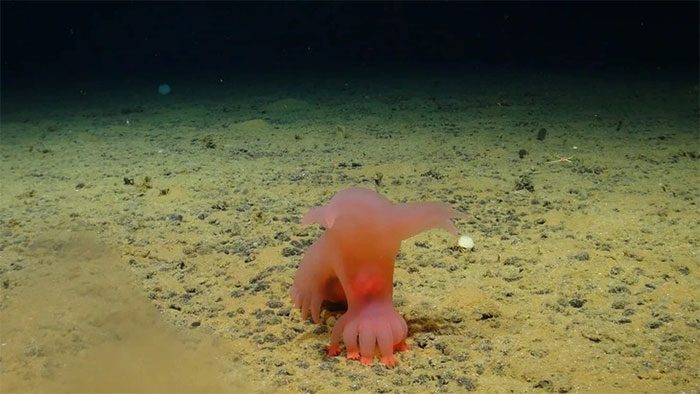
Pink Amperima sea cucumber, nicknamed “Barbie Pig” – (Photo: SMARTEX).
According to a study published in June 2023 in the journal Current Biology, around 6,000 to 8,000 species may still be waiting to be discovered in the Clarion-Clipperton Zone.
Pink Amperima sea cucumber, nicknamed “Barbie Pig”, is one of the largest invertebrates living on the ocean floor. Along with the transparent unicumber, this creature is a type of sea pig belonging to the scientific family Elpidiidae.
Drennan, who was not directly involved in the expedition, explained that the Barbie Pig feeds on organic debris sinking from the water’s surface to the ocean floor and plays a crucial role in organic matter recycling.
The expedition team also captured images of the cup-shaped sponge species, believed to live up to 15,000 years, the longest lifespan among any known creature on the planet.
According to the Natural History Museum, many organisms at this depth depend on polymetallic nodules, which form gradually through underwater chemical processes.
Researchers estimate that it takes about 1 million years for polymetallic nodules to grow to sizes of just a few millimeters. The largest known polymetallic nodules can reach about 20 cm in diameter, indicating that the environments on the ocean floor have remained largely unchanged for tens of millions of years.
They believe that noise pollution could impact marine mammals such as whales and dolphins, while sediment from mining activities could contain toxic compounds released by seabed equipment, subsequently dispersing and harming underwater ecosystems.
Scientists warn that deep-sea mining could also disrupt the ocean’s carbon storage mechanisms, contributing to the climate crisis.








































